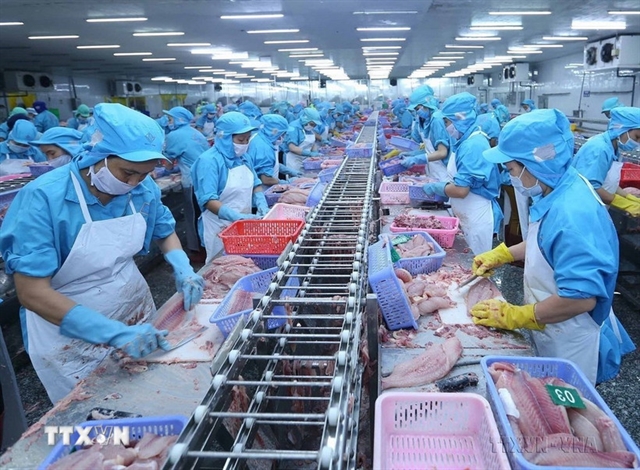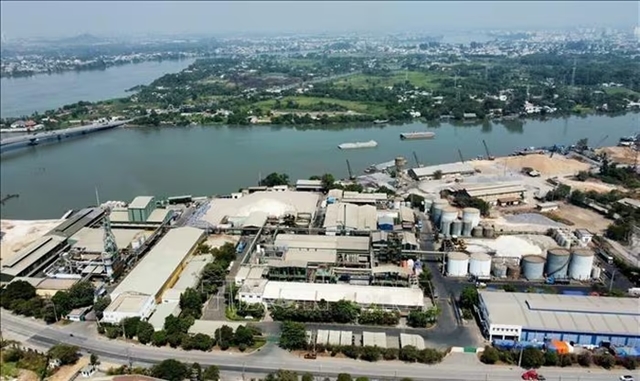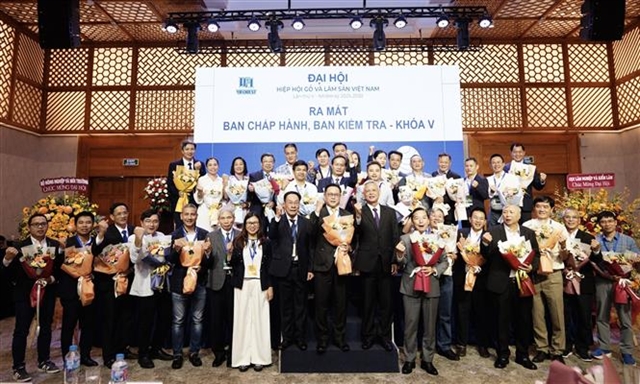 Sunday/Weekend
Sunday/Weekend
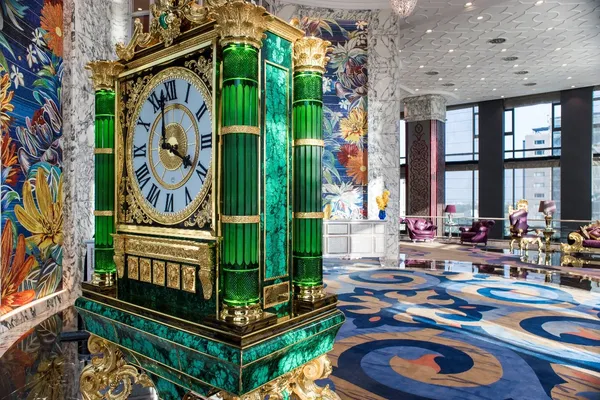
.jpg) |
| The Japanese Bridge is an iconic symbol of long relationship between Việt Nam and Japan from previous centuries. A Japanese quarter and ancient houses in Japanese architecture has been preserved in Hội An Town. VNS Photo Công Thành |
Việt Nam and Japan will mark the 50th anniversary of diplomatic ties this year. For Việt Nam Japan is the biggest official development assistance (ODA) provider with 2.9 trillion yen (about US$22 billion) between 1993-2022, and the third biggest investor with an accumulated US$69 billion.
Looking back to history over the past half century, the relationship between Việt Nam and Japan has been dramatically developed to the best in the last two decades. The two countries had built strong, comprehensive, and essential development within the framework of the 'Extensive Strategic Partnership’.
Trần Văn Thọ, PhD, professor emeritus at Waseda University, Tokyo, Japan, recently attended a workshop on the Việt Nam-Japan relationship, in the central city of Đà Nẵng.
Thọ said the diplomatic ties between the two countries were officially established in 1973, but 1993-2023 saw rapid development in various cooperation fields, such as investment, trade, education, cultural exchange, security, and defence.
“Japan was the first country in the G7 to recognise Việt Nam’s market economy status in 2011, and increasing foreign direct investment flows," he said.
"Financial support and assistance from Japan helped Việt Nam's economic development in 1973-1992, and the market-economy process in the 1990s.
"Cultural exchanges were linked between 90 localities on both sides, while various cooperation deals were inked in education and training, economy, trade, environment, defence and security.
“Japan is not only a big investor in Việt Nam, but it called on other countries and financial institutions such as the World Bank and the Asia Development Bank to invest and support the country.
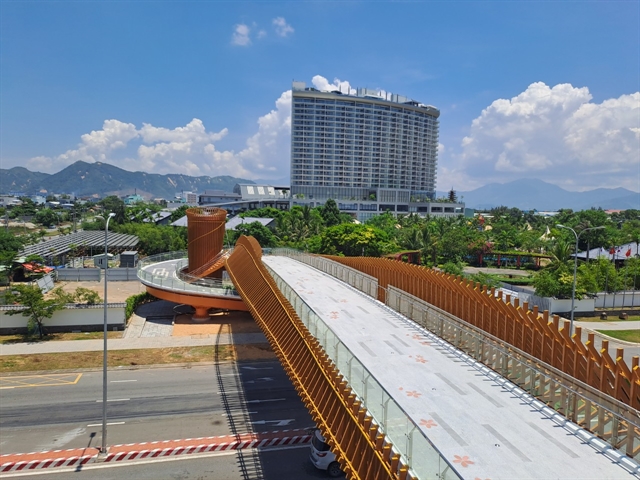 |
| An overpass connects the Đà Nẵng-Mikazuki Japanese Spa and Resort and beach of Nguyễn Tất Thành in Đà Nẵng City. The bridge celebrates the 50th anniversary of the Japan-Việt Nam diplomatic ties in 2023. VNS Photo Công Thành |
“Japan helped improve the investment environment in Việt Nam and its policies. The increase in ODA and foreign direct investment (FDI) had helped Việt Nam grow faster, so it could join the world economy in the 1990s.”
Thọ said that despite the slow change in policy and institutional reforms in Việt Nam, Japan had reserved patience in helping Việt Nam to develop faster and stronger.
He noted the two countries built trust at a high level, and said former ambassador to Việt Nam Umeda Kunio had his book Japan and Vietnam Are Natural Allies translated into Vietnamese in 2021.
He stressed that "'natural allies' means the relationship and trust surpasses any formal agreements and designations between the two countries".
Thọ studied in Japan from 1968 and became a Vietnamese economic advisor to the Japanese government, and a member of the advisory team for three former Vietnamese prime ministers (Võ Văn Kiệt, Phan Văn Khải and Nguyễn Xuân Phúc). He suggested Việt Nam should use high quality human resources trained in Japan for the 2045 plan, as more than 200,000 internship Vietnamese students studied and trained in Japan in 2021.
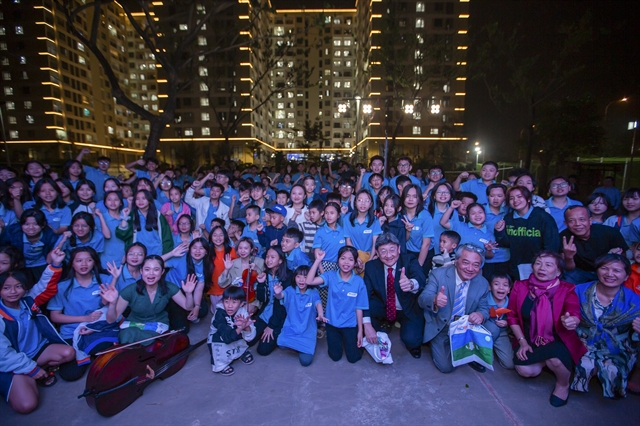 |
| Honna Tetsuji (centre), music director and principal conductor of the Việt Nam National Symphony Orchestra, joins a photo session with parentless children in a charity concert in Đà Nẵng. Photo courtesy of FPT Group |
Japan’s ODA and FDI flows into Việt Nam accounted for an average of more than 30 per cent of total foreign investment between 1990-2022, meaning that Japan had been playing a key role in the country’s growth for three decades.
“Việt Nam should foster small and medium-sized enterprises for joining ventures with Japanese key industries, or developing informal economic sector to be larger businesses, and training high-quality human resources for future plans,” Thọ said.
“It needs deeper investment in supportive industries, innovation, high-tech and R&D for the economic transformation. Currently, only 3,000 out of 110,000 businesses in Việt Nam are working in supporting industries.”
Speaking at the event the Japanese Consul General in Đà Nẵng, Yakabe Yoshinori, said the historical ties of Việt Nam and Japan should be arranged clearly and objectively to strengthen friendship in the future.
He said historical studies on the relationship between Việt Nam and Japan during the time the Japanese Imperial Army occupied Indochina (1940-45), and the independence course of Việt Nam from the French colonial period to 1954 had yet to progress.
It was reported that after the World War II, at least 700 Japanese former imperial soldiers, who voluntarily stayed back and joined the Việt Minh (known as Vietnamese Independence League) in the fight against the French for the independence of Việt Nam (1945-54).
"Many Japanese ex-servicemen served as trainers at the Quảng Ngãi-based military school, training Việt Minh soldiers. These Japanese men were called ‘New Vietnamese’ (the common name for those foreigners who voluntarily fought in the anti-French war)," Yoshinori said.
“Some Japanese historical researchers have successfully studied the ‘New Vietnamese’, but not many Vietnamese people know the role of ex-Japanese soldiers during the fight for independence in Việt Nam.”
Yoshinori said the Japan-Việt Nam relationship should be reviewed in light of all historical events from the past to now, as they were consistently moving towards ever-closer friendship.
Dr Trần Đức Anh Sơn, a historian, said the relationship between the two countries was promoted by trade in the 17th century between the Nguyễn Lords and the Tokugawa Shogunate, and Japanese red-seal ships frequently had ports of call in Huế, Hội An and Quy Nhơn in central Việt Nam.
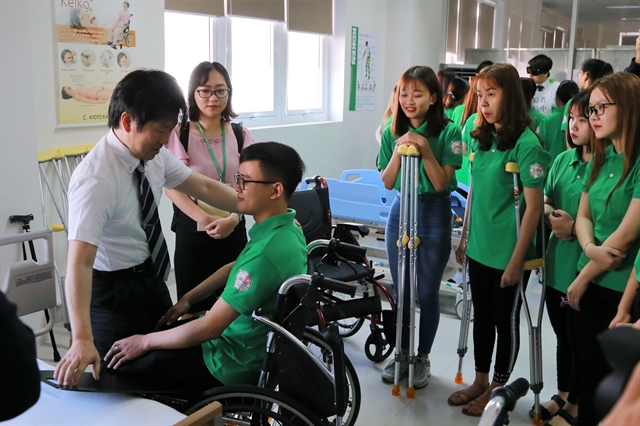 |
| A Japanese expert trains students in a skill lab at Đông Á University in a human resources training programme. More than 200 students from the University have been working and studying in Japan. Photo courtesy of Phương Chi |
“Many Japanese merchants settled in Hội An port as their second home. They gathered in the Japanese quarter in Hội An Town and donated money to build a pagoda in the town as well as for the restoration of other pagodas in Quảng Nam Province in the 17th century,” he said.
“Name of a Japanese trader Kadoya Shichirobe of the Kadoya family in Nagoya was carved on epitaphs on the rock wall in Ngũ Hành Sơn (Marble Mountains) in Đà Nẵng for his donation to building a Buddhist statue of Avalokitesvara Bodhisattva among the mountains in the 17th century.”
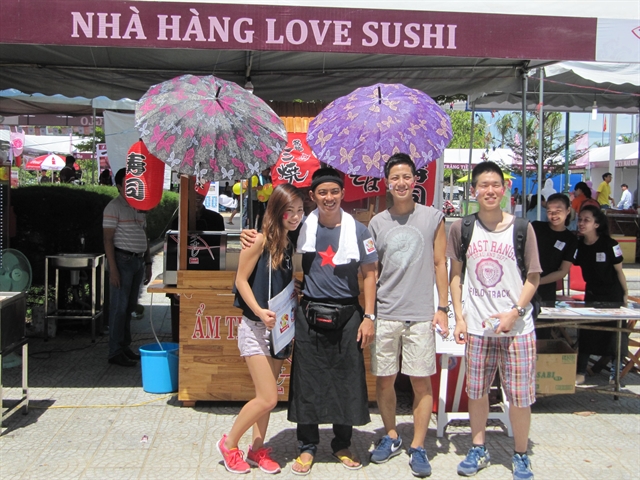 |
| Vietnamese students join a cuisine session in the recent Japanese Cultural Day in central Việt Nam. Đà Nẵng and Hội An host annual Japanese Days in exchanging friendship with Japan. VNS Photo Công Thành |
Tsuno Motonori, former head of the Japan International Cooperation Agency (JICA), said Việt Nam became a low-middle-income country about 15 years after the full resumption of official development assistance in 1993, and achieved sustainable growth thereafter.
He said through ODA projects, technology transfer and human resource development had progressed, and Vietnamese businesses could now carry out such projects themselves. VNS

